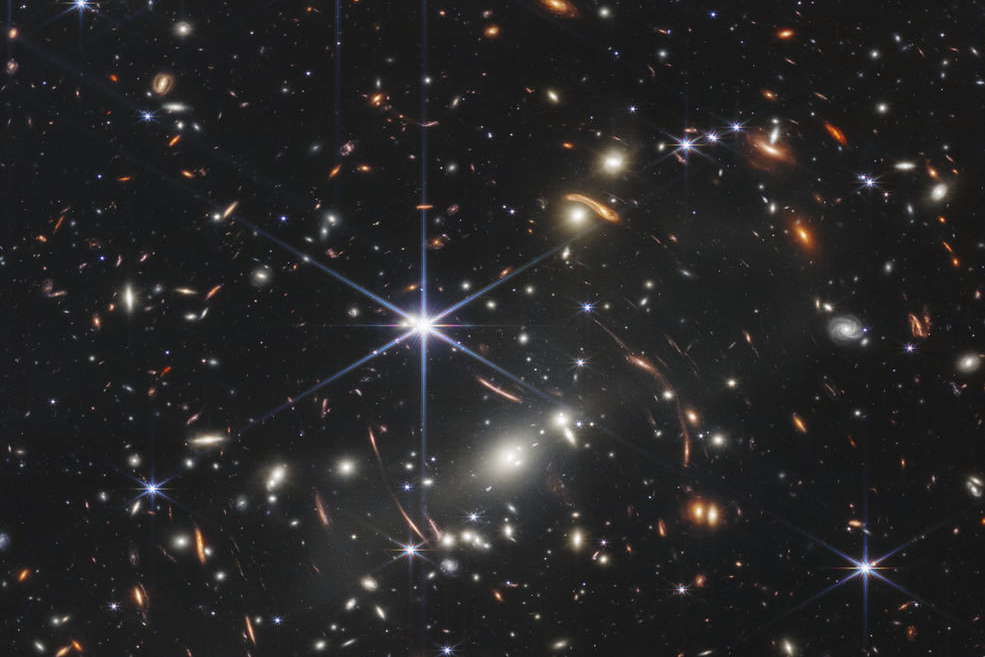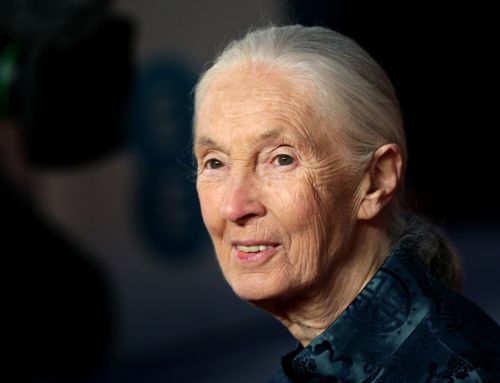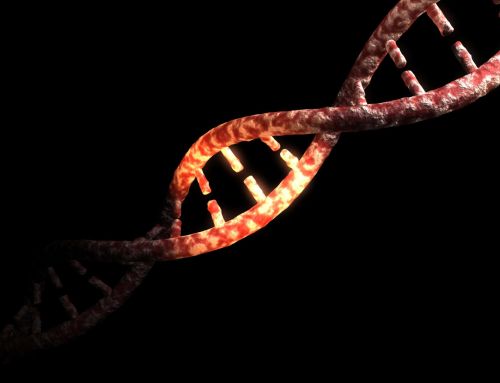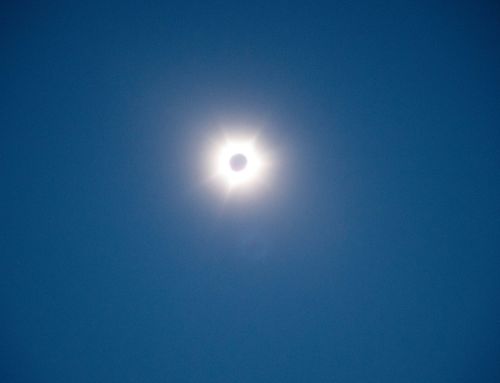The first image from Nasa’s new space telescope has been unveiled – brimming with galaxies and offering the deepest look of the cosmos ever captured.
The first image from the 10 billion dollars James Webb Space Telescope is the farthest humanity has ever seen in both time and distance, closer to the dawn of time and the edge of the universe.
That image will be followed on Tuesday by the release of four more galactic beauty shots from the telescope’s initial outward gazes.
The “deep field” image released at a White House event is filled with lots of stars, with massive galaxies in the foreground and faint and extremely distant galaxies peeking through here and there.
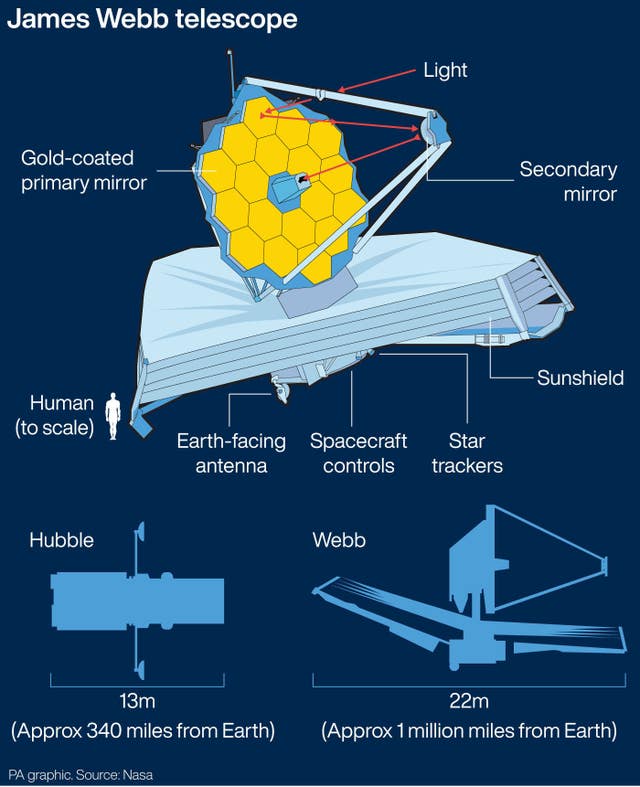
Part of the image is light from not too long after the Big Bang, which was 13.8 billion years ago.
“We’re going to give humanity a new view of the cosmos,” Nasa administrator Bill Nelson told reporters last month in a briefing. “And it’s a view that we’ve never seen before.”
The images on tap for Tuesday include a view of a giant gaseous planet outside our solar system, two images of a nebula where stars are born and die in spectacular beauty and an update of a classic image of five tightly clustered galaxies that dance around each other.
The world’s biggest and most powerful space telescope rocketed away last December from French Guiana in South America. It reached its lookout point one million miles from Earth in January.
Then the lengthy process began to align the mirrors, get the infrared detectors cold enough to operate and calibrate the science instruments, all protected by a sunshade the size of a tennis court that keeps the telescope cool.

The plan is to use the telescope to peer back so far that scientists will get a glimpse of the early days of the universe about 13.7 billion years ago and zoom in on closer cosmic objects, even our own solar system, with sharper focus.
Webb is considered the successor to the highly successful, but aging Hubble Space Telescope. Hubble has stared as far back as 13.4 billion years.
It found the light wave signature of an extremely bright galaxy in 2016. Astronomers measure how far back they look in light-years with one light-year being 5.8 trillion miles.
“Webb can see backwards in time to just after the Big Bang by looking for galaxies that are so far away that the light has taken many billions of years to get from those galaxies to our telescopes,” said Jonathan Gardner, Webb’s deputy project scientist said during the media briefing.
How far back did that first image look? Over the next few days, astronomers will do intricate calculations to figure out just how old those galaxies are, project scientist Klaus Pontoppidan said last month.
The deepest view of the cosmos “is not a record that will stand for very long,” Mr Pontoppidan said, since scientists are expected to use the telescope to go even deeper.
